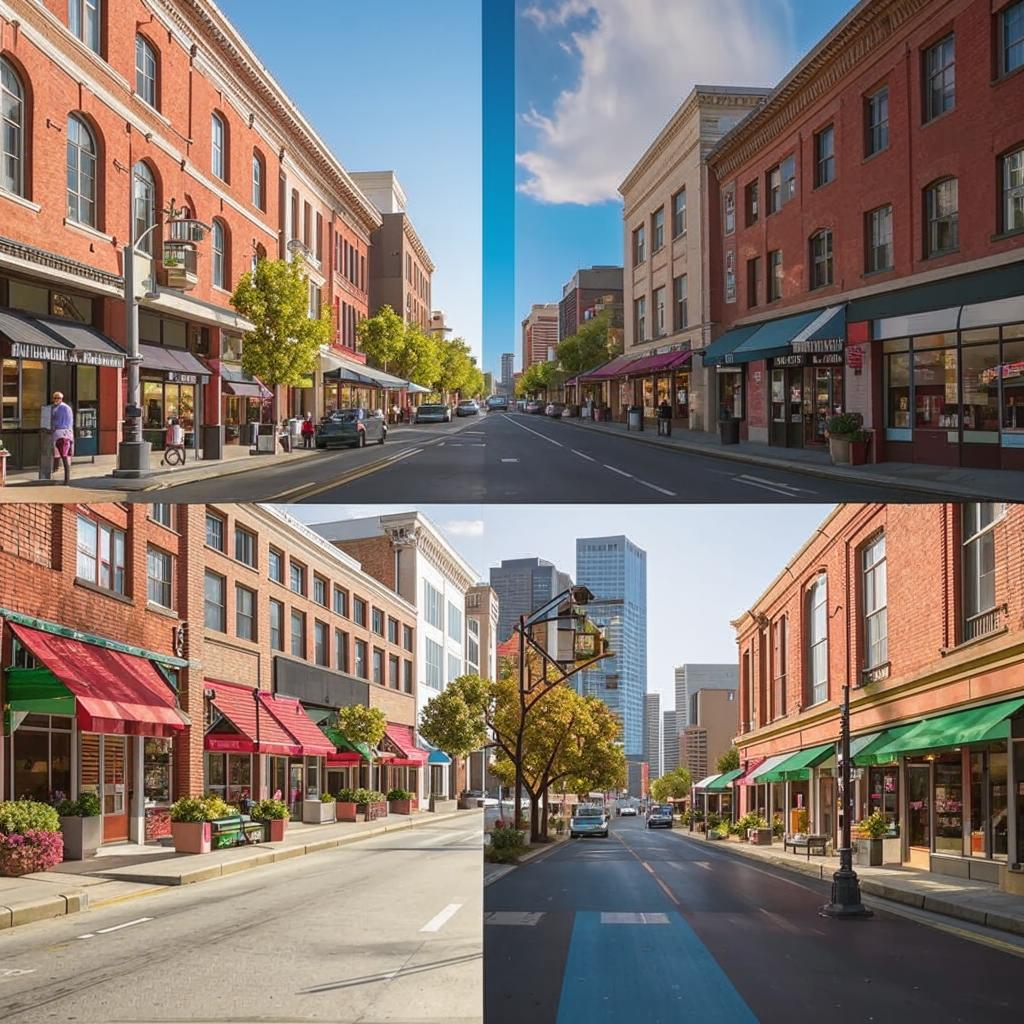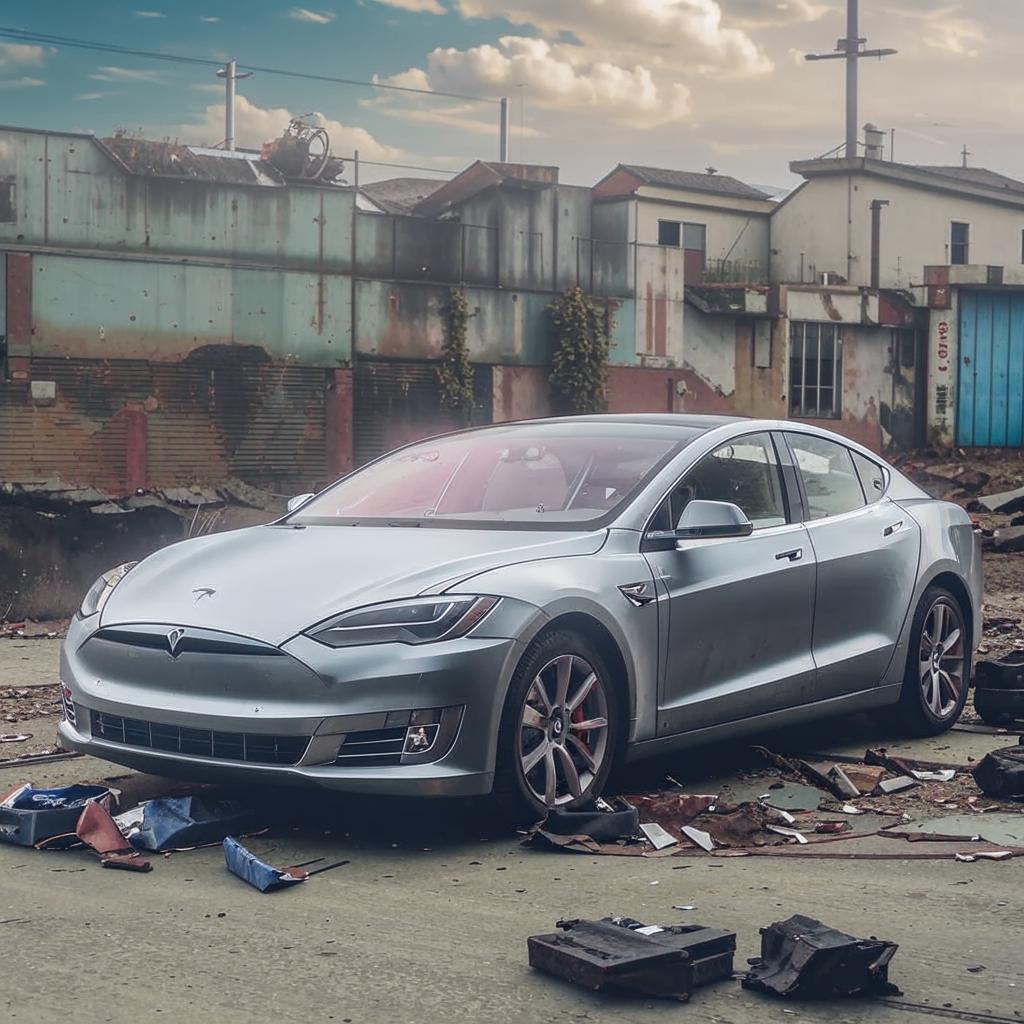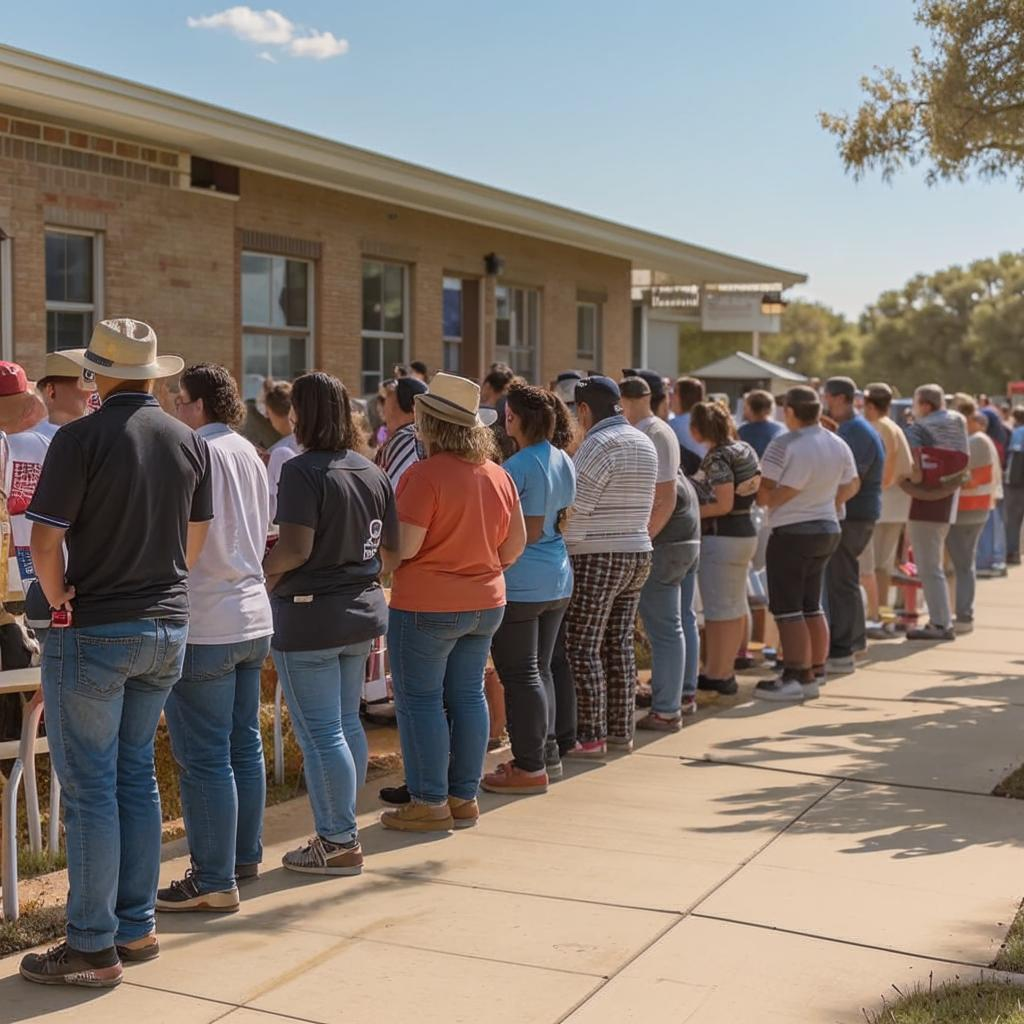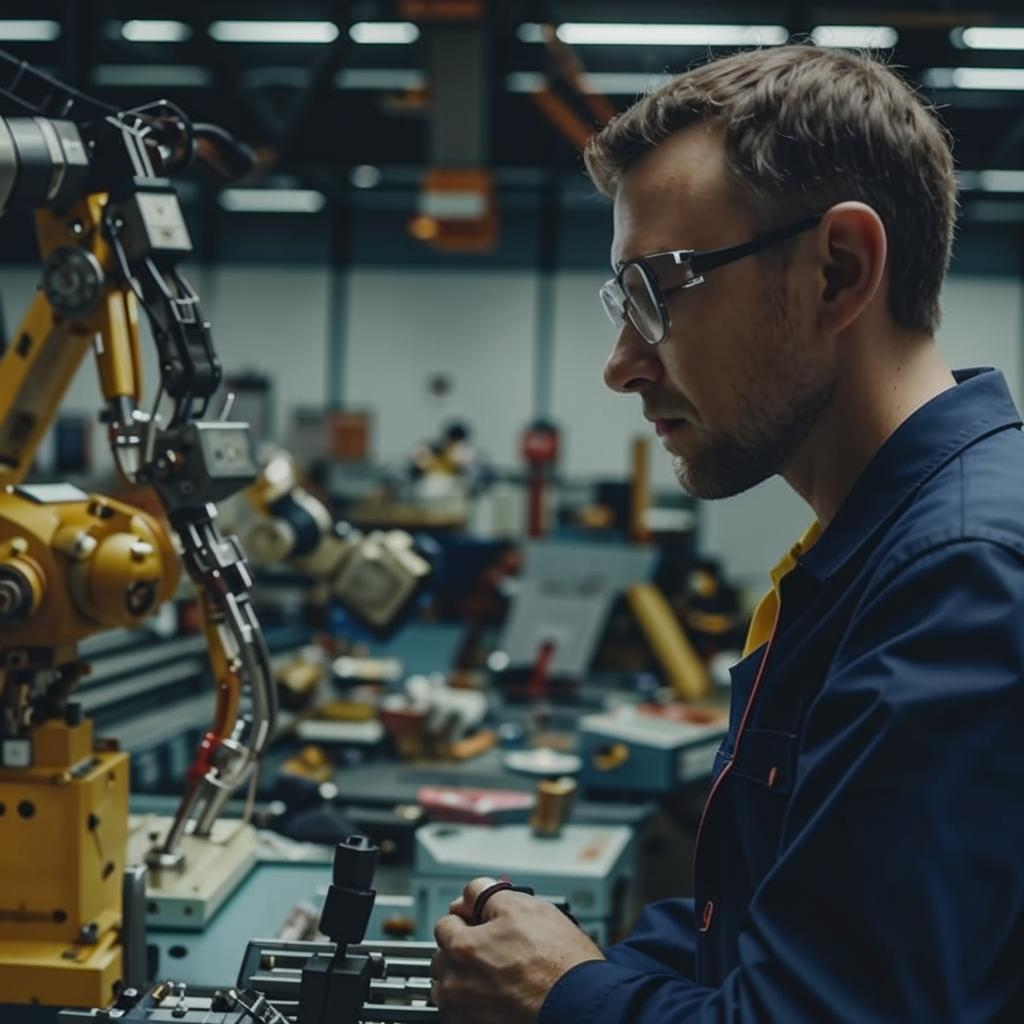The shift to remote work, accelerated by the pandemic, is profoundly reshaping American cities and lifestyles. No longer tethered to central business districts, many workers are relocating, sparking a ripple effect across the country.
Smaller cities and suburban areas are experiencing population growth as people seek more affordable housing, larger living spaces, and access to outdoor amenities. This influx is revitalizing local economies, creating new demands for goods and services, and prompting investments in infrastructure and community development.
However, this transformation also presents challenges. Major metropolitan areas are grappling with declining office occupancy rates, impacting commercial real estate values and local tax revenues. The decrease in daily commuters is affecting public transportation systems and the vibrancy of downtown areas.
The rise of remote work is also altering lifestyles. With greater flexibility in their schedules and locations, people are prioritizing work-life balance, spending more time with family, and pursuing personal interests. This shift is influencing consumer spending patterns, with increased demand for home improvement products, recreational equipment, and experiences.
Furthermore, the digital divide remains a significant concern. Access to reliable internet connectivity is crucial for remote work success, and disparities in broadband infrastructure can exacerbate inequalities between urban and rural areas. Addressing this issue is essential to ensure that everyone can benefit from the opportunities created by remote work.
The long-term consequences of this transformation are still unfolding, but it’s clear that remote work is a powerful force reshaping the American landscape, requiring innovative solutions to address the challenges and maximize the benefits for communities and individuals alike.














